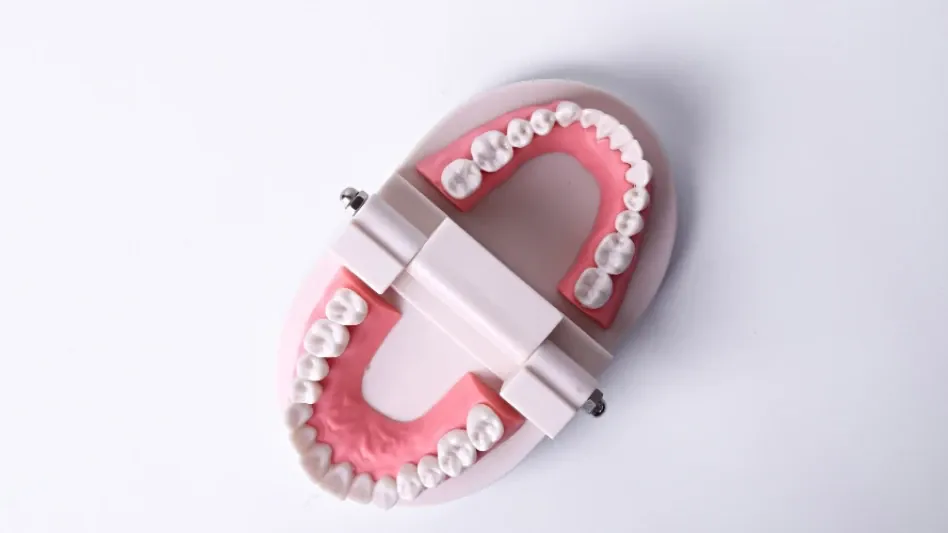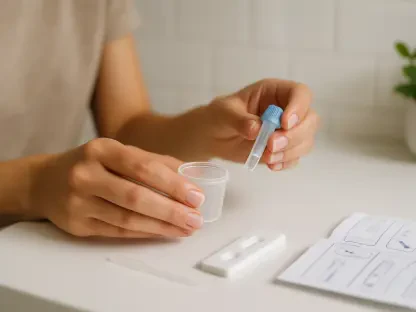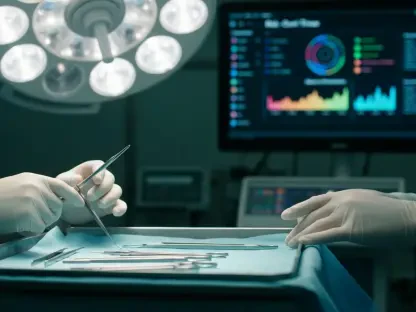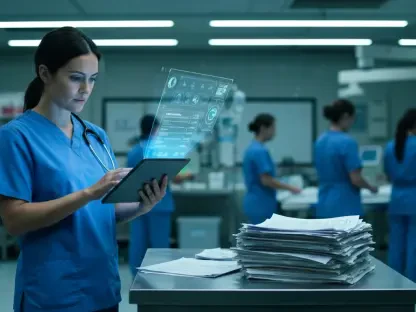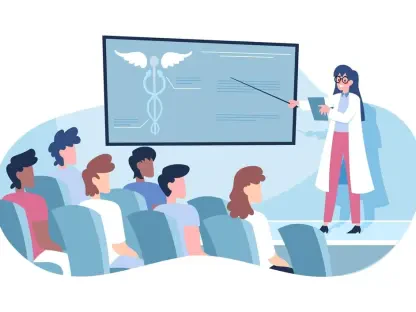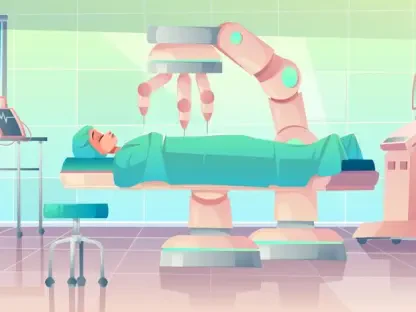Imagine going to the dentist in the future and, instead of having metal screws implanted into your jaw, getting new teeth grown specifically for you from your own cells. Traditional dental implants, while functional and visually acceptable, often come with various complications such as peri-implantitis, bone loss, and misalignment, which can ultimately lead to further dental issues. These drawbacks might soon become relics of the past thanks to the pioneering work of researchers like Pamela Yelick and her colleagues. They are developing bioengineered teeth that promise to overcome the limitations of current dental implants, offering a more natural and functional tooth replacement.
The Structure of a Healthy Tooth
Challenges of Traditional Dental Solutions
A healthy tooth is composed of multiple layers: dental pulp, dentin, cementum, and enamel. Each of these components plays a critical role in the tooth’s function and durability. However, tooth decay can severely damage these structures, eventually leading to complete tooth loss if left untreated. Typically, dentists address these issues with solutions such as fillings and dental implants. Fillings, although effective in the short term, degrade over time. The necessity for replacements usually involves the removal of even more natural tooth structure, exacerbating the problem over the long run. Dental implants, on the other hand, are designed to mimic the appearance and function of natural teeth, but they are not without their own set of drawbacks.
Misalignment is a common issue with dental implants. If the implant does not align perfectly with the surrounding teeth, it can cause an uneven distribution of bite forces. This misalignment can lead to premature wear and tear, eventually requiring further dental intervention. Another significant challenge associated with dental implants is peri-implantitis, a condition characterized by inflammation and infection of the tissue around the implant. This infection can lead to bone loss around the implant, potentially causing the implant to fail. The body’s natural response to a foreign object, like a titanium implant, can also lead to bone degradation over time, a complication not typically seen with natural teeth.
Yelick’s Innovative Approach to Bioengineered Teeth
In an effort to develop a more effective and natural solution, Yelick and her team turned to basic science and innovative techniques. Initially, they utilized cells sourced from pig jaws harvested from slaughterhouses. Pigs were chosen because they naturally grow multiple sets of teeth throughout their lifetimes, making them an ideal model for this research. The cells were implanted onto biodegradable scaffolds and then introduced into rats. Remarkably, these cells grew into small tooth-like structures beneath the skin of the animals, a significant step towards the goal of bioengineered teeth, even though these early formations were not yet perfect in shape or function.
Recent research has taken these efforts a step further. Yelick and her collaborator, Dr. Zhang, have developed techniques that involve using human tooth cells grown in scaffolds derived from mini pig teeth. This method involves stripping the native cells from mini pig teeth, combining these scaffolds with human cells, and then allowing them to grow within a controlled laboratory environment. When these constructs were implanted into the jaws of mini pigs, the results were promising. After just two months, the implants began to develop features reminiscent of adult human teeth, including hard layers of dentin and cementum, indicating significant progress towards the goal of fully functional bioengineered teeth.
Toward a Future of Lab-Grown Teeth
Bio-Compatible and Natural Dental Solutions
This research represents a significant shift toward developing lab-grown, functional human teeth that can seamlessly integrate with a person’s gums and jaws. Unlike traditional titanium implants, these bioengineered teeth are designed to be more biocompatible, reducing the risk of complications like inflammation and bone loss. Although the current iterations of these bioengineered teeth are not yet identical to natural ones, they exhibit many of the critical properties that are lacking in today’s dental implants. This suggests that, in the near future, patients could benefit from a more effective and natural solution for tooth loss that closely mimics the form and function of their original teeth.
The overarching trend in Yelick’s research is the move away from mechanical implants towards biologically integrated dental solutions. This approach not only addresses the aesthetic and functional needs of dental patients but also aims to eliminate the complications associated with traditional implants. For example, a bioengineered tooth can potentially grow and adapt with the jawbone, maintaining a more natural alignment with neighboring teeth. This innovation could drastically improve dental health outcomes, making dental treatments more akin to naturally occurring biological processes than mechanical fixes.
Future Possibilities in Dental Medicine
Imagine a future dental visit where, instead of getting metal screws inserted into your jawbone, you have new teeth grown just for you using your own cells. Traditional dental implants, though functional and satisfactory in appearance, often come with complications like peri-implantitis, bone loss, and misalignment, which can lead to additional dental problems. These issues might soon be a thing of the past thanks to the groundbreaking research by Pamela Yelick and her team. They are working on bioengineered teeth that aim to bypass the problems associated with current dental implants, offering a replacement that is not only more natural but also functions better. This innovative approach could revolutionize dental care, providing solutions that are more in harmony with the body’s biological processes. The move from metal to bioengineered teeth represents a significant shift in how we approach tooth replacement, promising fewer complications and more effective long-term results for dental patients.
